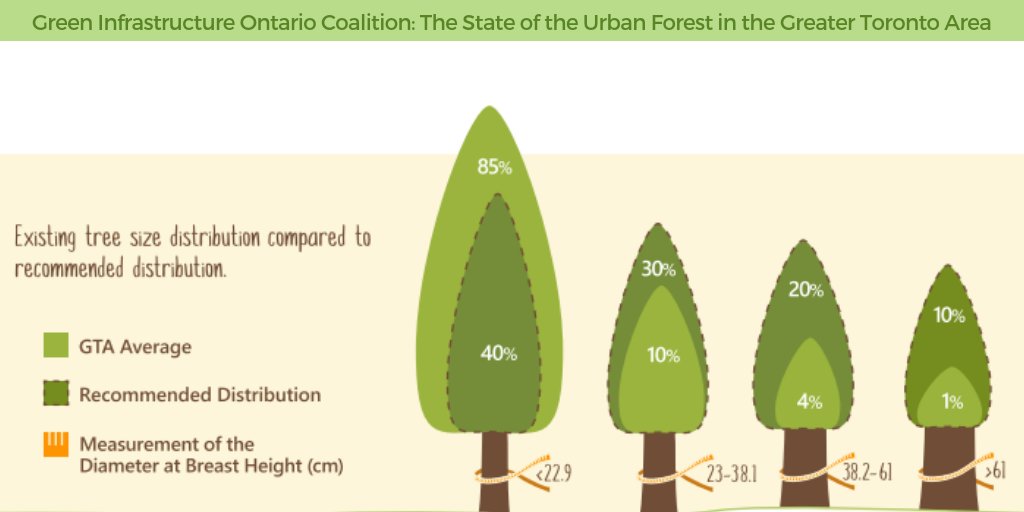Securing Your Landscape: Replanting After Tree Elimination
Securing Your Landscape: Replanting After Tree Elimination
Blog Article
Post Author-Breum Haaning
Tree removal can leave a void in your landscape that requires filling. You can grow something brand-new in that space, yet it takes additional care and focus at the beginning to help it thrive.
The dirt in that location will keep altering with time as microbes break down the old roots. That can affect the nutrition equilibrium and physical area for brand-new development.
Dirt
The soil in a plot where a tree has been gotten rid of is most likely to be extremely different from the rest of your yard or yard. The roots of the old tree and the stump will certainly have altered the dirt, getting rid of some nutrients and possibly crowding out other plants. On top of that, if the previous tree was unhealthy, the contagious representative might still remain in the ground.
The visibility of roots cultivates a rich and diverse community of soil bacteria that boosts important processes like nutrient biking and organic matter decay. Without these microbes, the displaced soil can come to be less fertile and nutrient-depleted, with an adverse effect on plant development.
Before replanting, the soil needs to be removed of particles and natural material (such as wood chips from stump grinding). You might wish to mix in potting dirt or native dust with this garden compost to give your new planting with an environment that is well balanced and loaded with nutrients.
Water
Tree origins soak up big quantities of water from the dirt. This procedure additionally adds nutrients back to the dirt, particularly nitrogen, which is vital for brand-new trees and plants. However, old soil can be depleted of these essential minerals because of the decaying origins and stump from a removed tree.
This is why it is necessary to have a plan for the future of your landscape. Ideally, the very best time to plant is when you have a clean slate.
Whether https://paid-cdl-training-compani44221.verybigblog.com/28922023/figuring-out-the-right-time-for-tree-removal-an-overview-for-homeowners planting lawn or blossoms, ensure to utilize a soaker pipe to avoid overwatering your new landscaping. If the location was a yard, make certain to cover the dirt with natural mulch to assist keep wetness in the dirt, manage soil temperature levels and suppress weeds. This additionally supplies a layer of security for young plants and advertises worm activity. After that, regularly renew the compost to continue improving the soil nutrient density and microbial life. This is known as dirt remediation.
Light
Trees are a great addition to any type of landscape, offering shade, aesthetic pulchritude, and several other advantages. However, sometimes trees come to be unattractive as a result of a variety of reasons, including condition, bug infestations and natural aging.
In such instances, it may be essential to remove a tree. It's important to think about the worth of a particular tree in your landscaping and take the appropriate actions to make certain that the elimination is done safely and effectively.
Throughout the late summertime, it's a perfect time to execute upkeep and assessments on existing trees. Look for signs of disease, insect invasions, or architectural damage, in addition to any type of possible risks such as weakened or leaning trees.
Prior to beginning any construction projects, be sure to safeguard the origin areas of existing trees by preventing dirt compaction and grading around them. Organic matter, as it breaks down, can create toxic gases that are destructive to the origins of a tree. It's additionally a great idea to mulch the area around a tree after construction has completed to save wetness and subdue weed growth.
Read More On this page are essential to a landscape for their visual appeal, yet they likewise play an essential role in the local community by providing color and windbreaks. They support wild animals habitats and reduce the quantity of co2 in the air, which can contribute to worldwide warming. This is why it is suggested to replant trees after eliminating one from the building.
When replanting a new tree in the area of a previous stump, the dirt may not have adequate nutrients to support it. It is best to wait on a year before growing to make certain that the dirt will be rich in nutrients.
To make certain that replanted trees thrive, it is essential to offer them with proper treatment. A layer of compost will keep soil moisture from vaporizing, regulate dirt temperature, and help subdue weeds. Organic mulch is the favored option because it boosts soil fertility. Recurring fertilization and pest control are likewise essential for replanted trees.